I needed a scope probe with low input capacitance for the following use case:
In one of my projects, I wasn't sure if a crystal oscillator was actually oscillating. Probing with the stock probes that came with my Rigol DS1054Z didn't seem like such a good idea. The probe has about 10 pF of capacitance, and the crystal's nominal load capacitance is about 7 pF - that's a problem. If it's loaded correectly, attaching the probe might stop it. If the load is too little, attaching the probe might allow the oscillator to oscillate at all. So a probe with low input capacitance was needed (this is not a sound assessment of the situation, I just guessed that).
Looking for ready designs online revealed a design from a bachelor's thesis, which I adapted a bit. In fact, it had already been picked up by Wolfgang:
https://electronicprojectsforfun.wordpress.com/rf-measurement-techniques/high-frequency-probes/
After I (re-)designed the PCB, I sent one to him for some measurements. Bandwidth is indeed about 1.3 GHz:
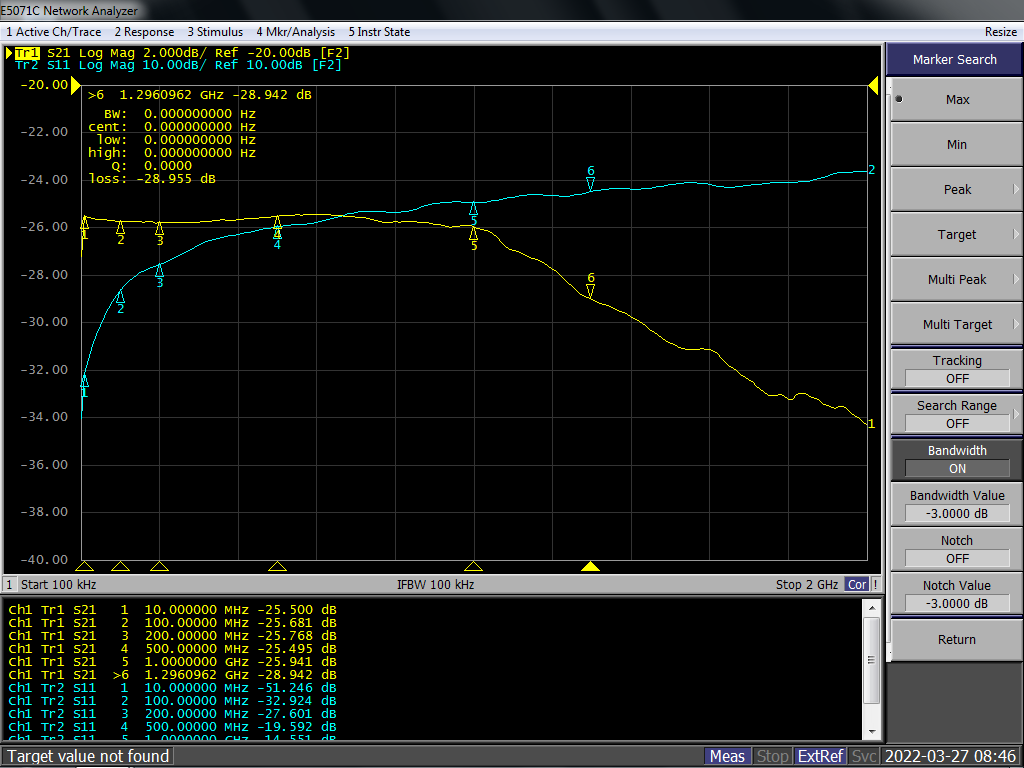
If you want to read a bit more:
https://electronicprojectsforfun.wordpress.com/solder-in-probes/
 Christoph
Christoph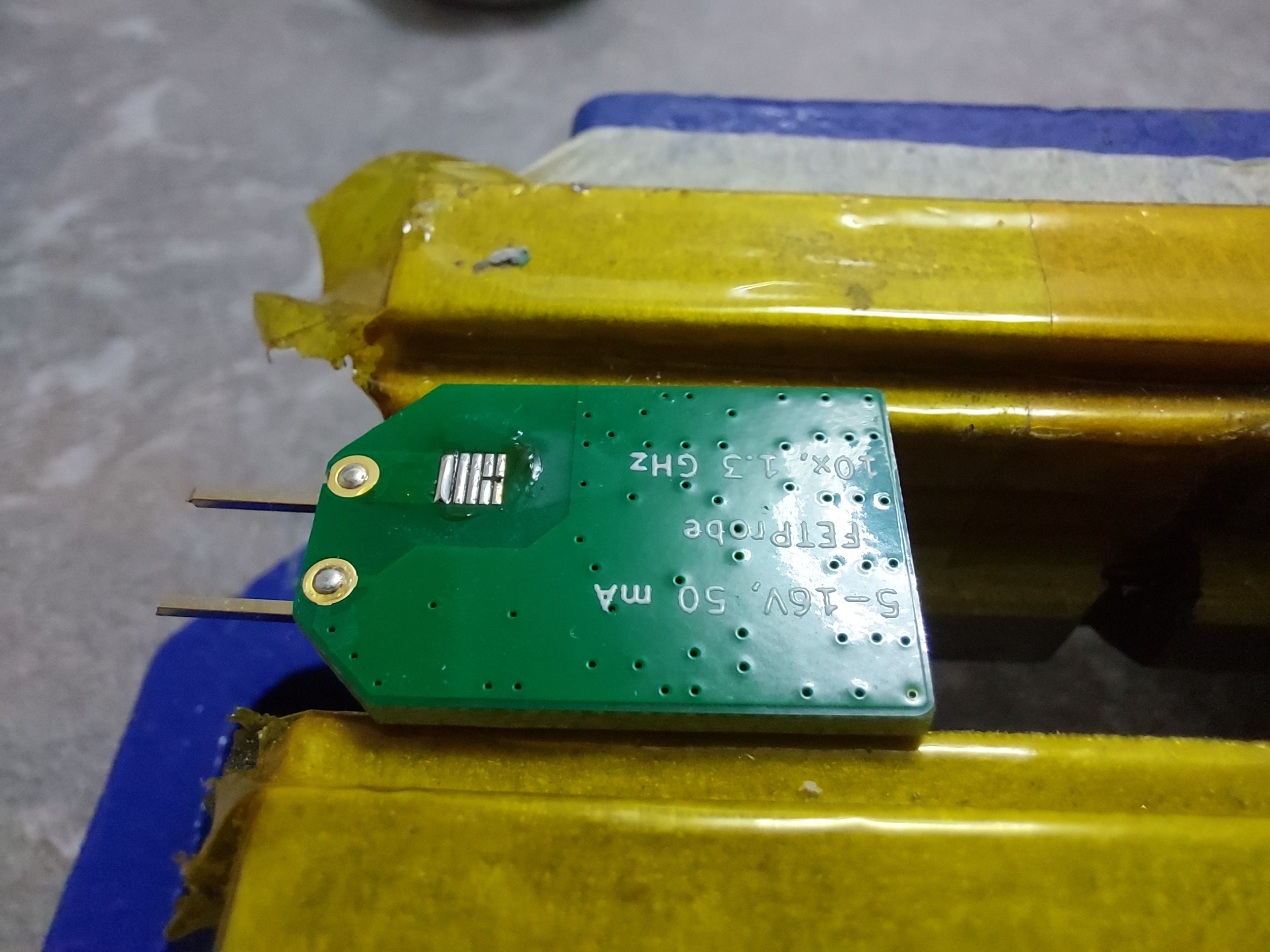
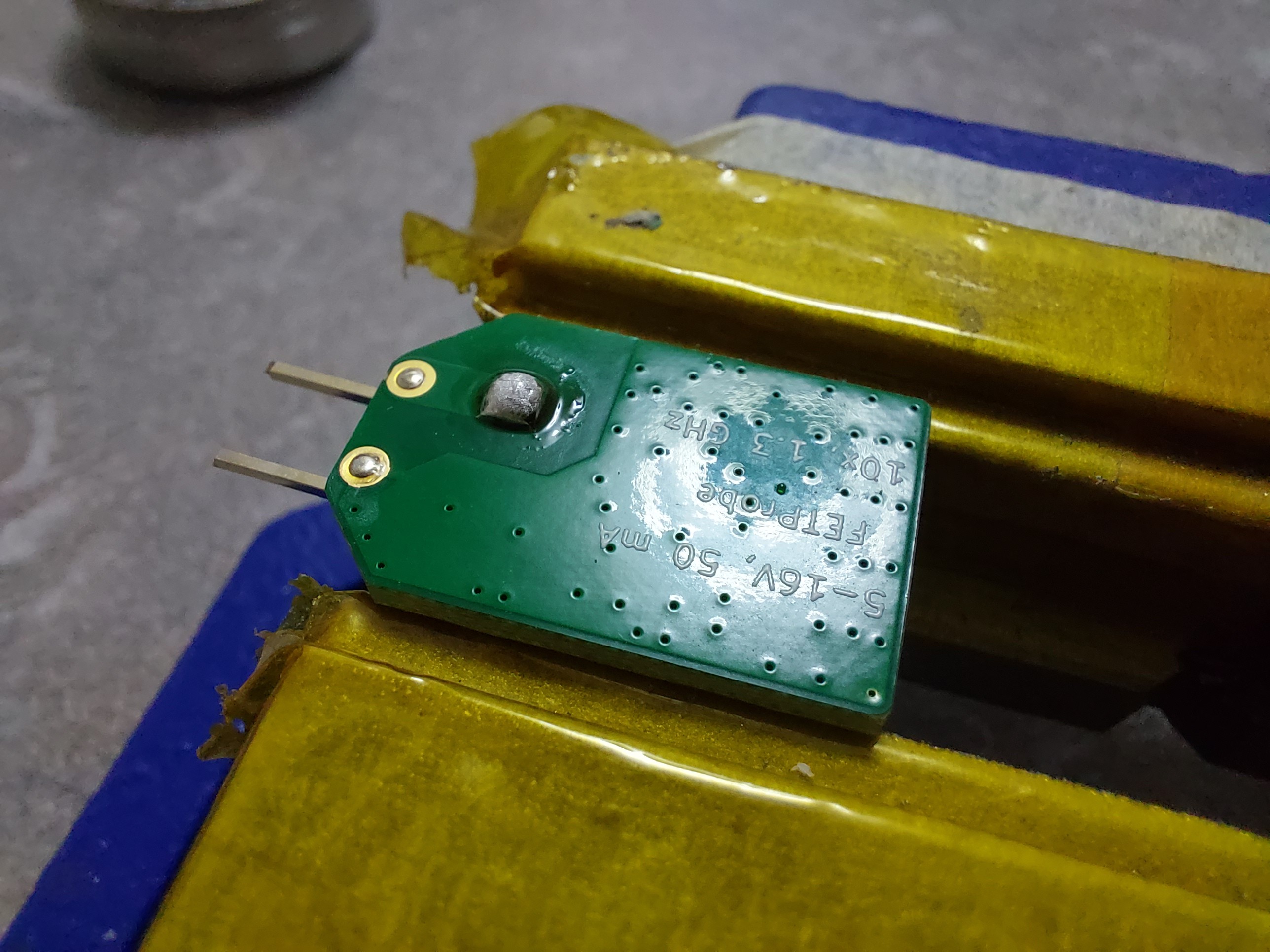
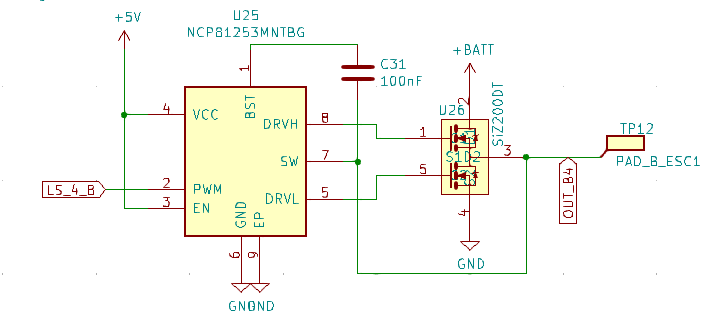
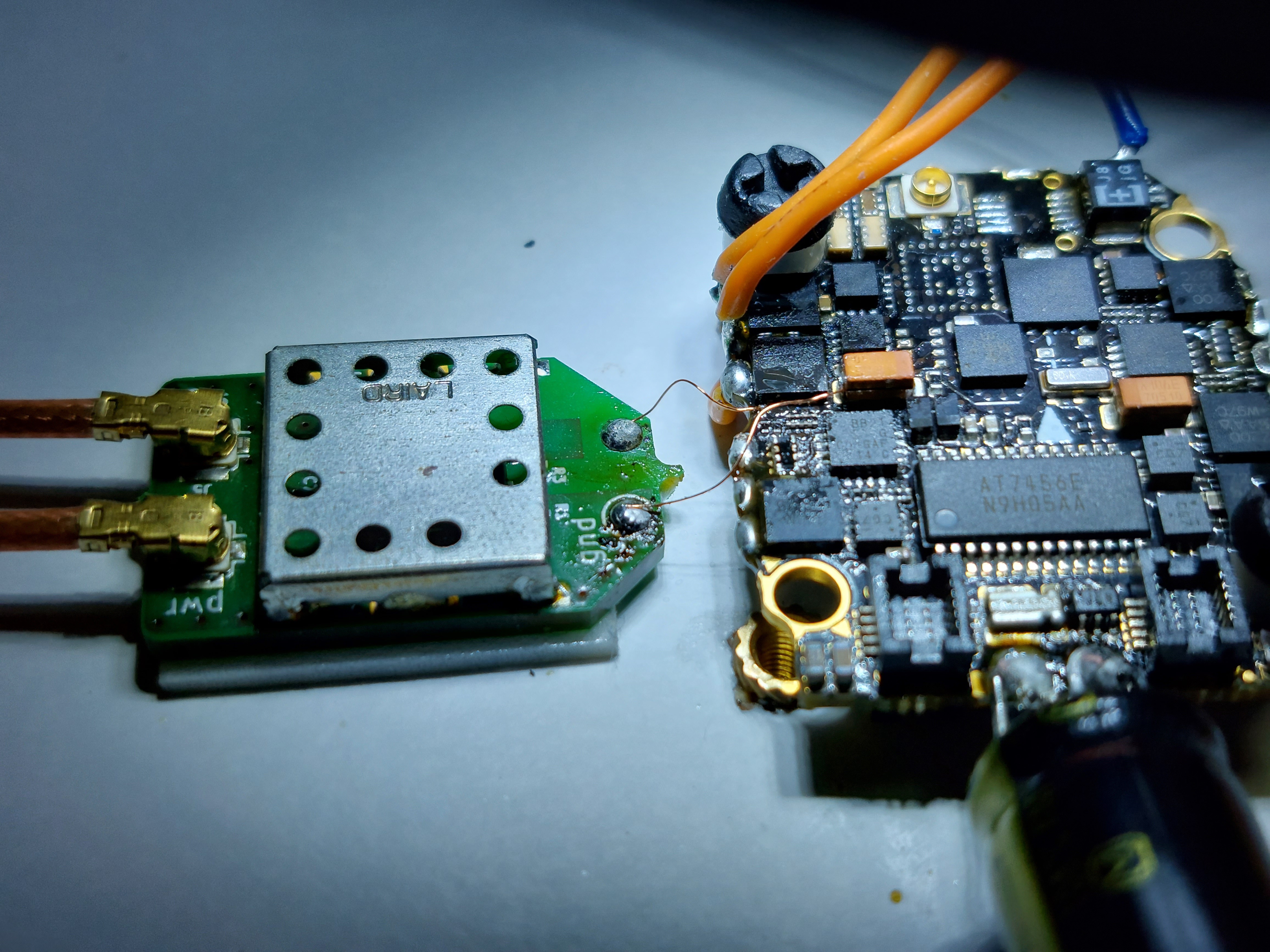
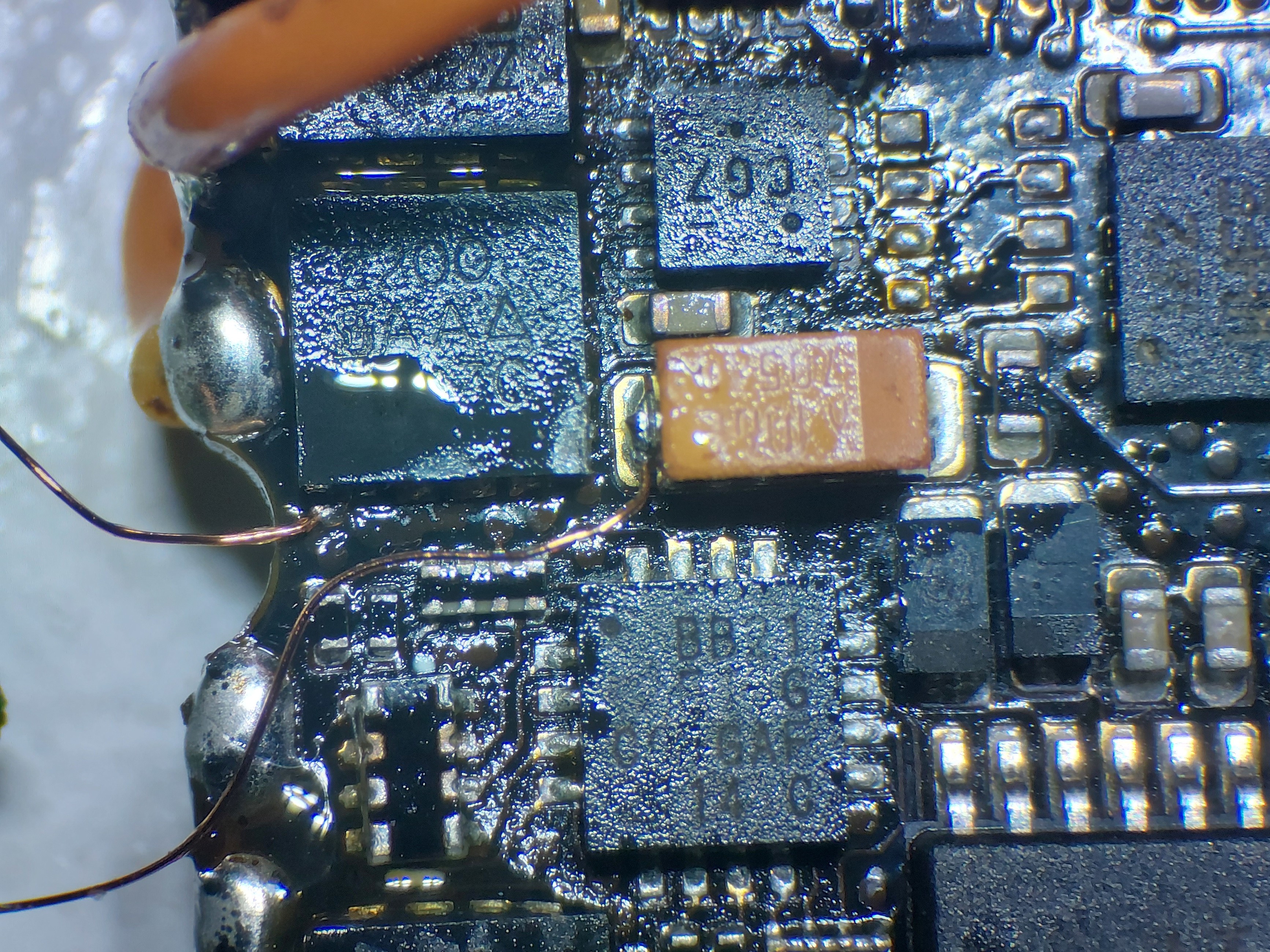
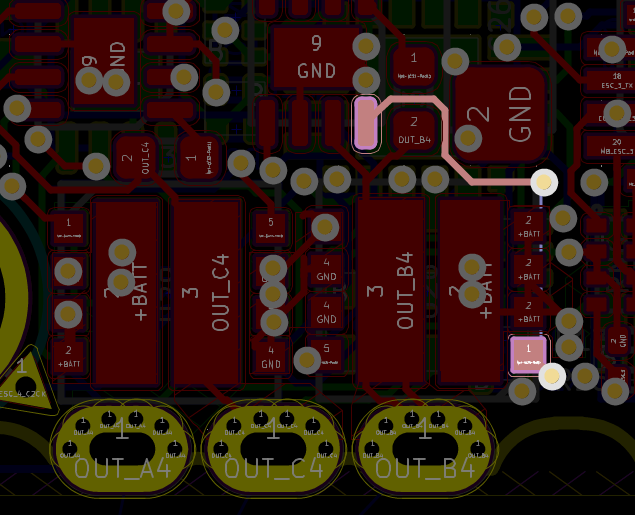

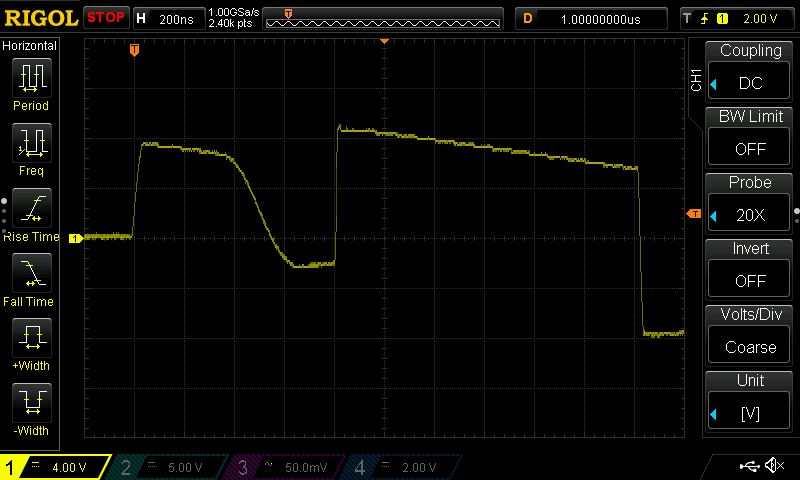
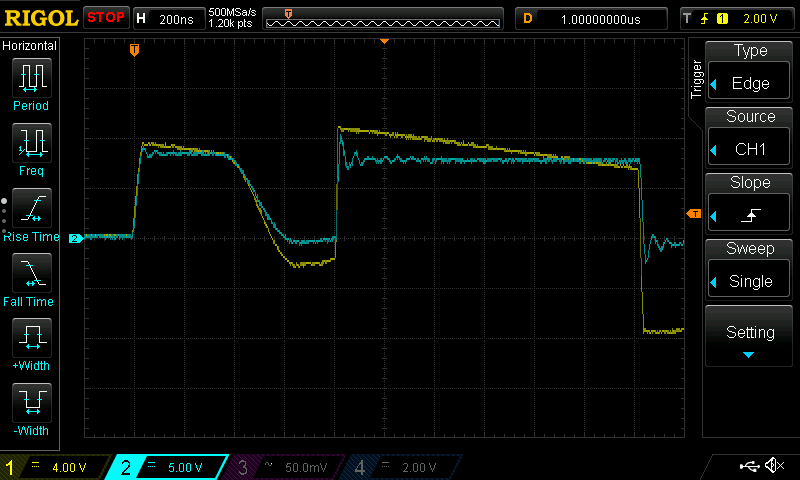
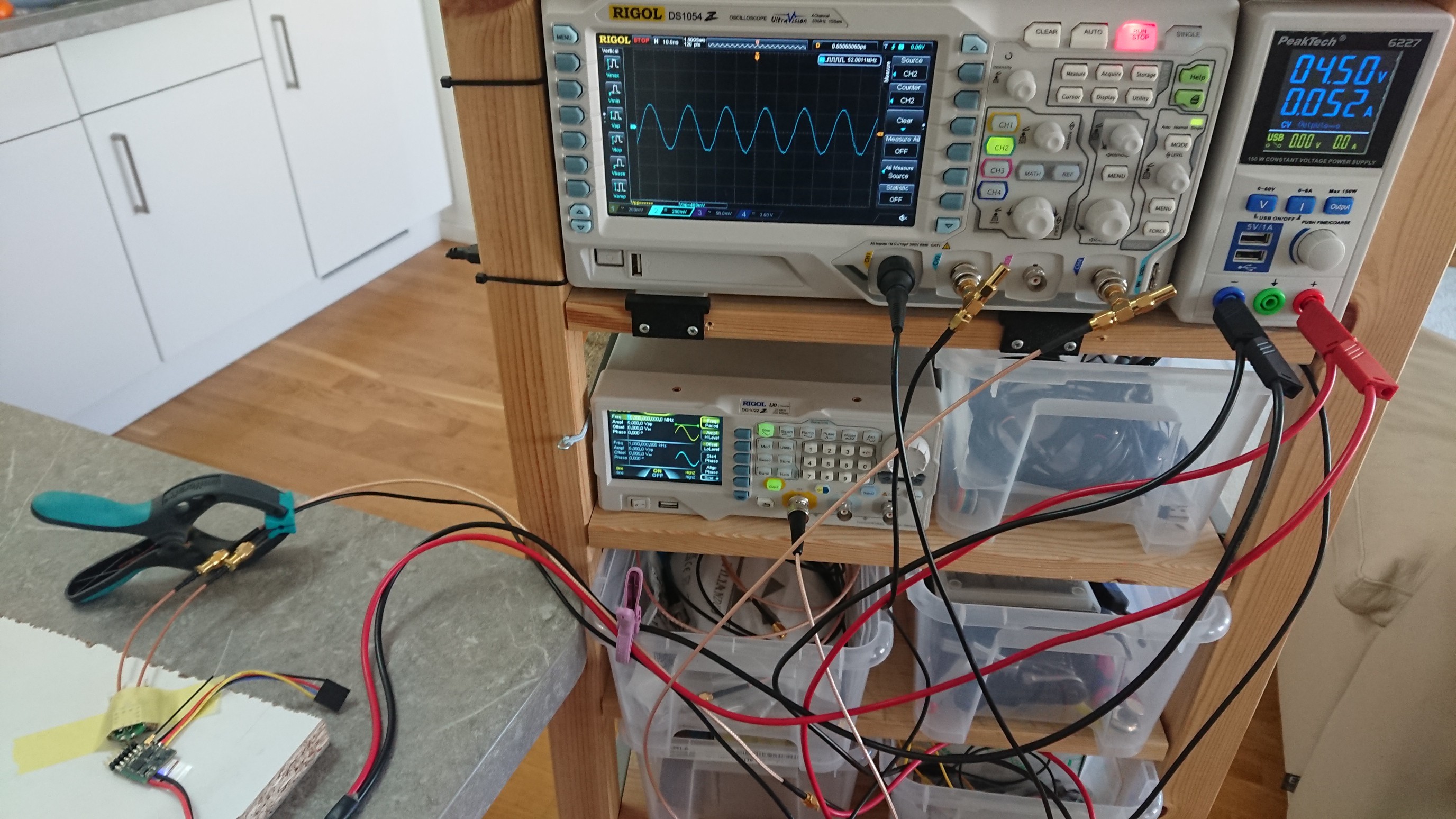
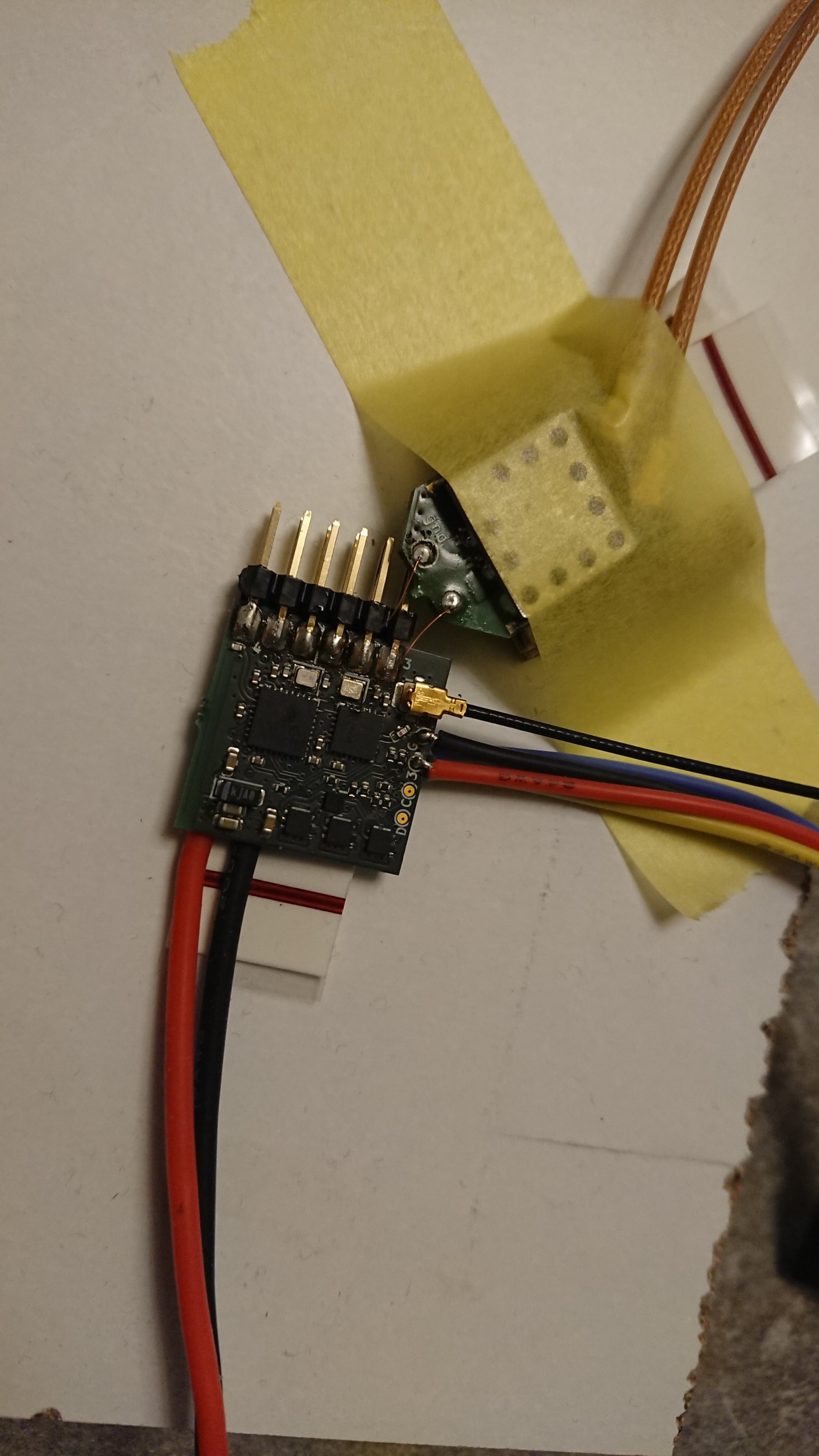
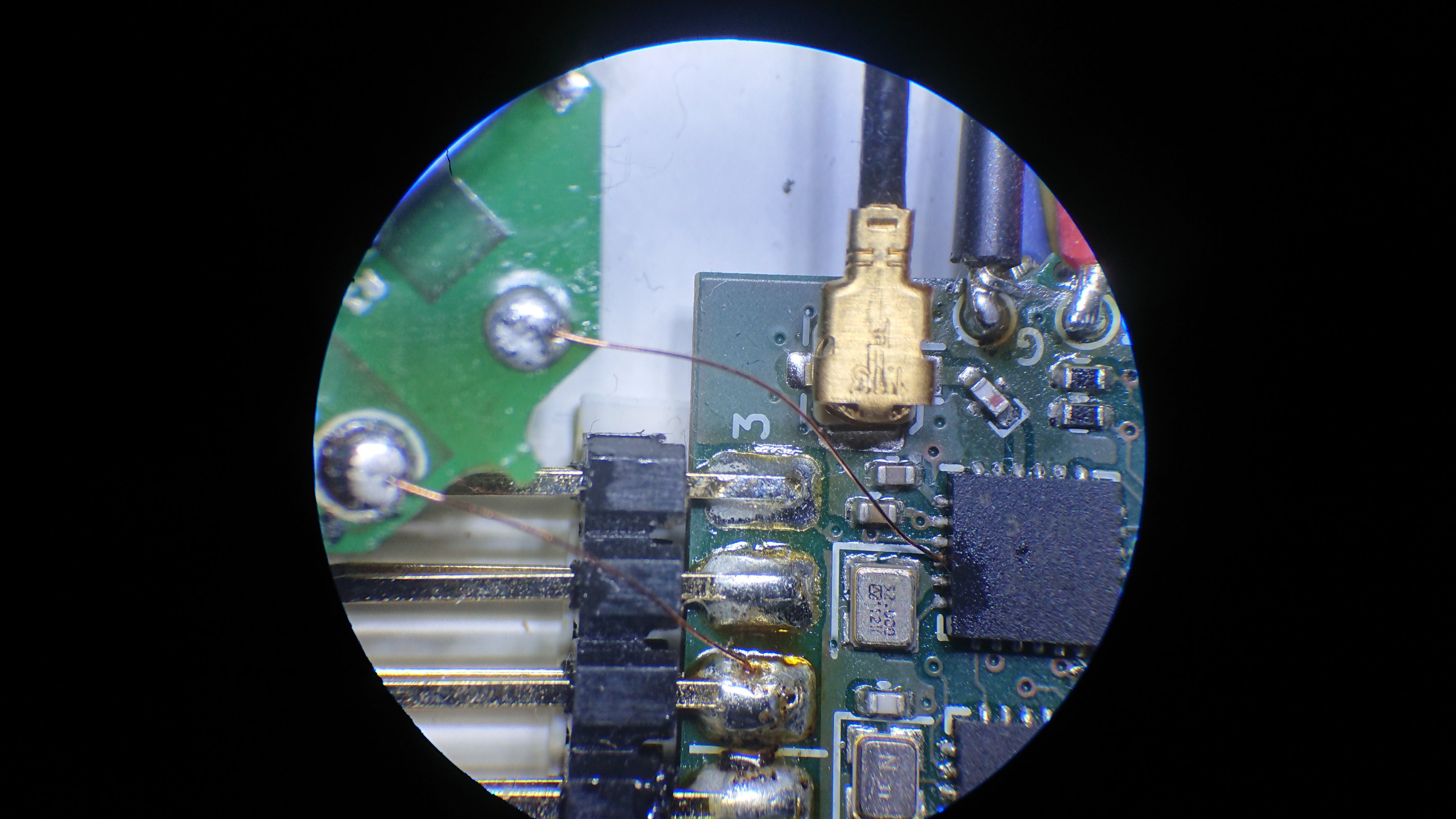

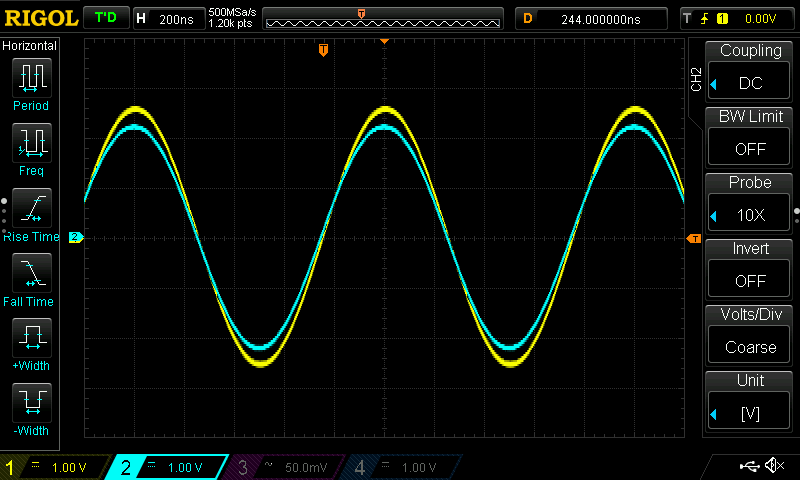
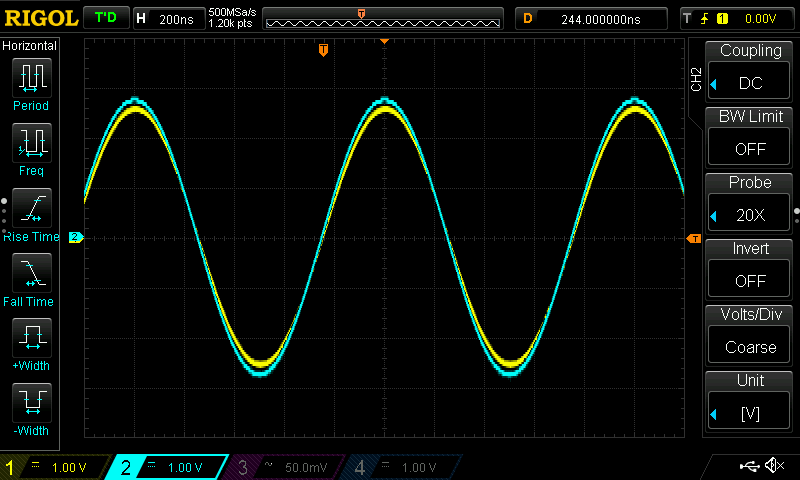
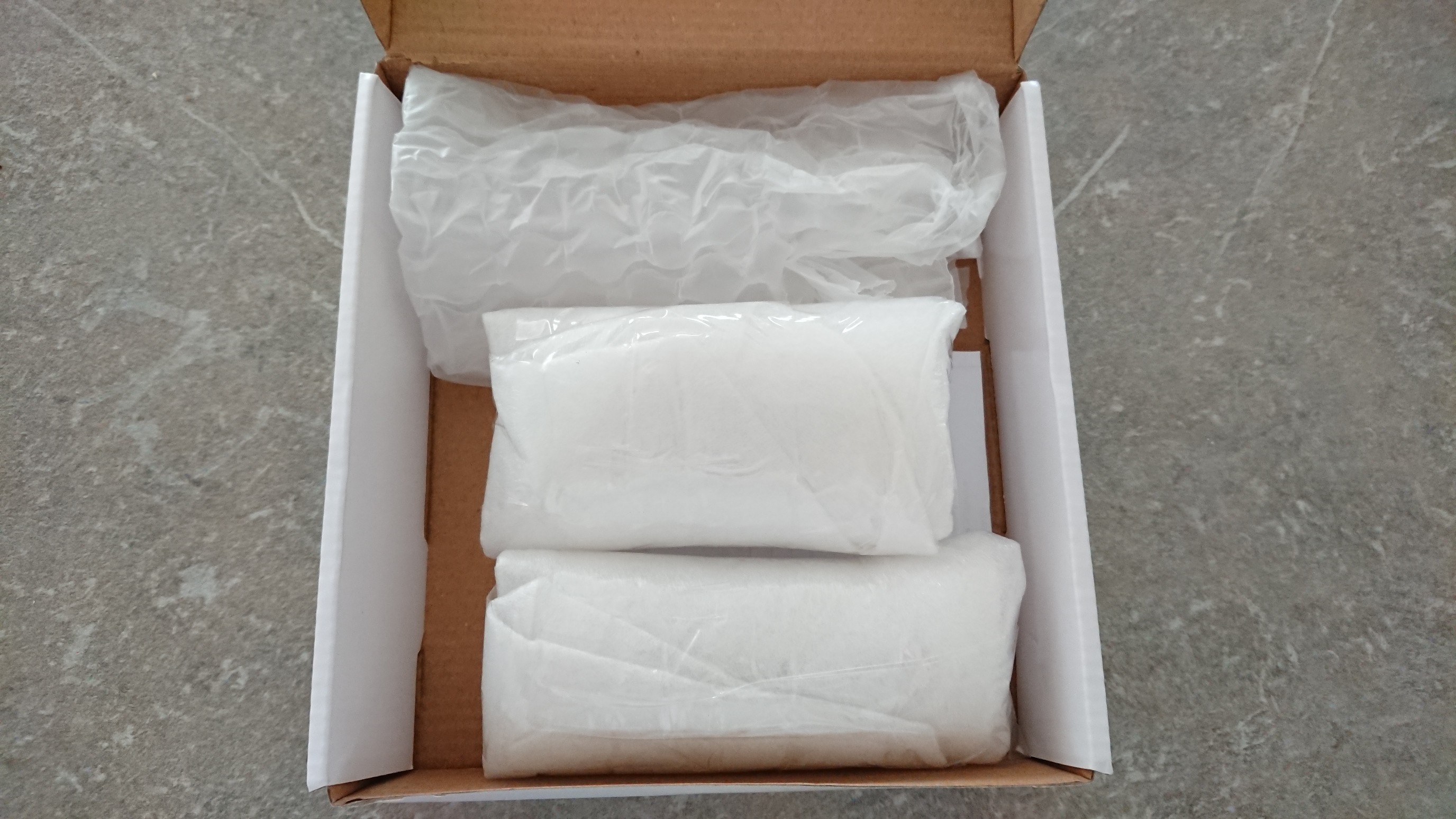
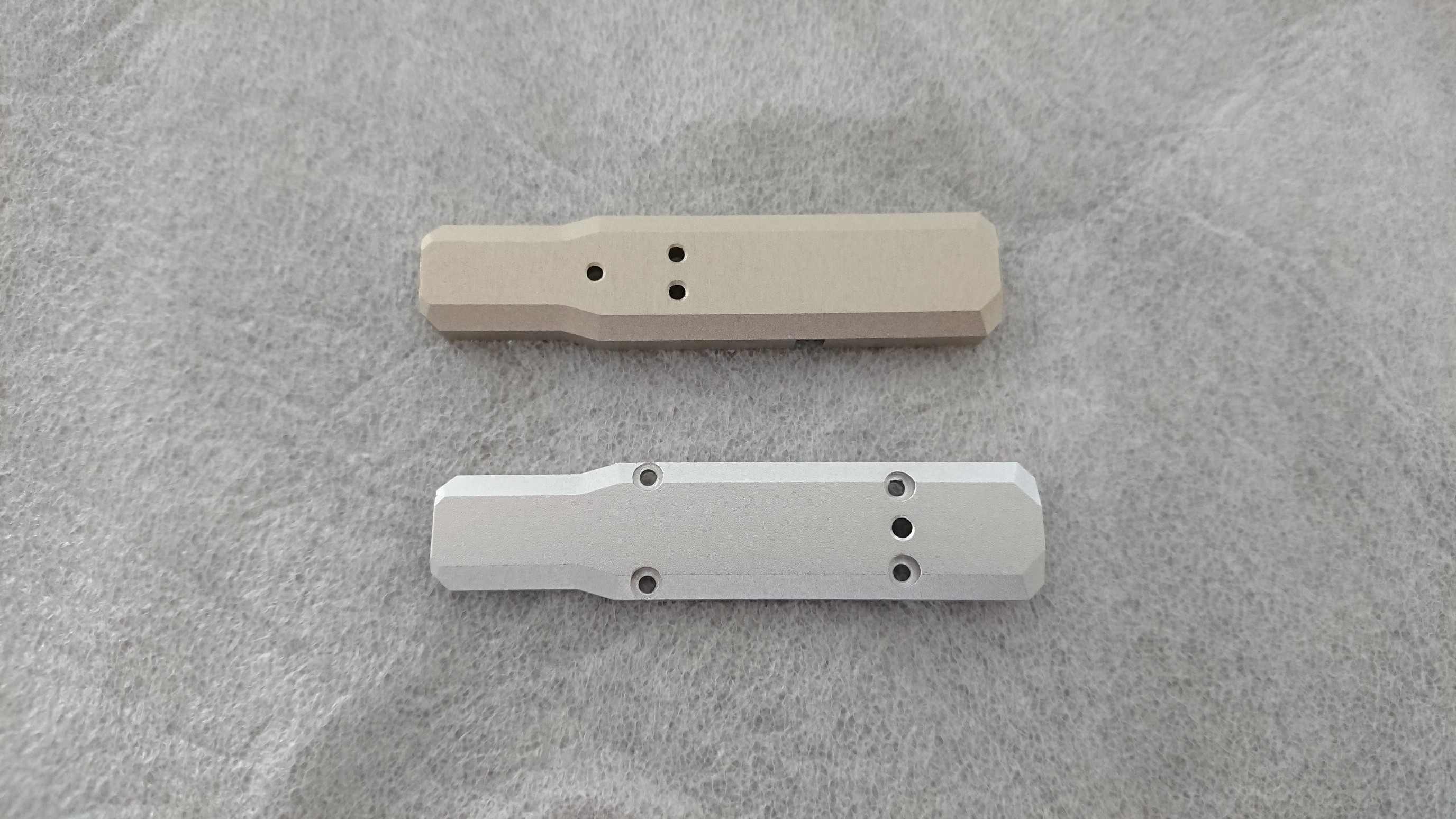
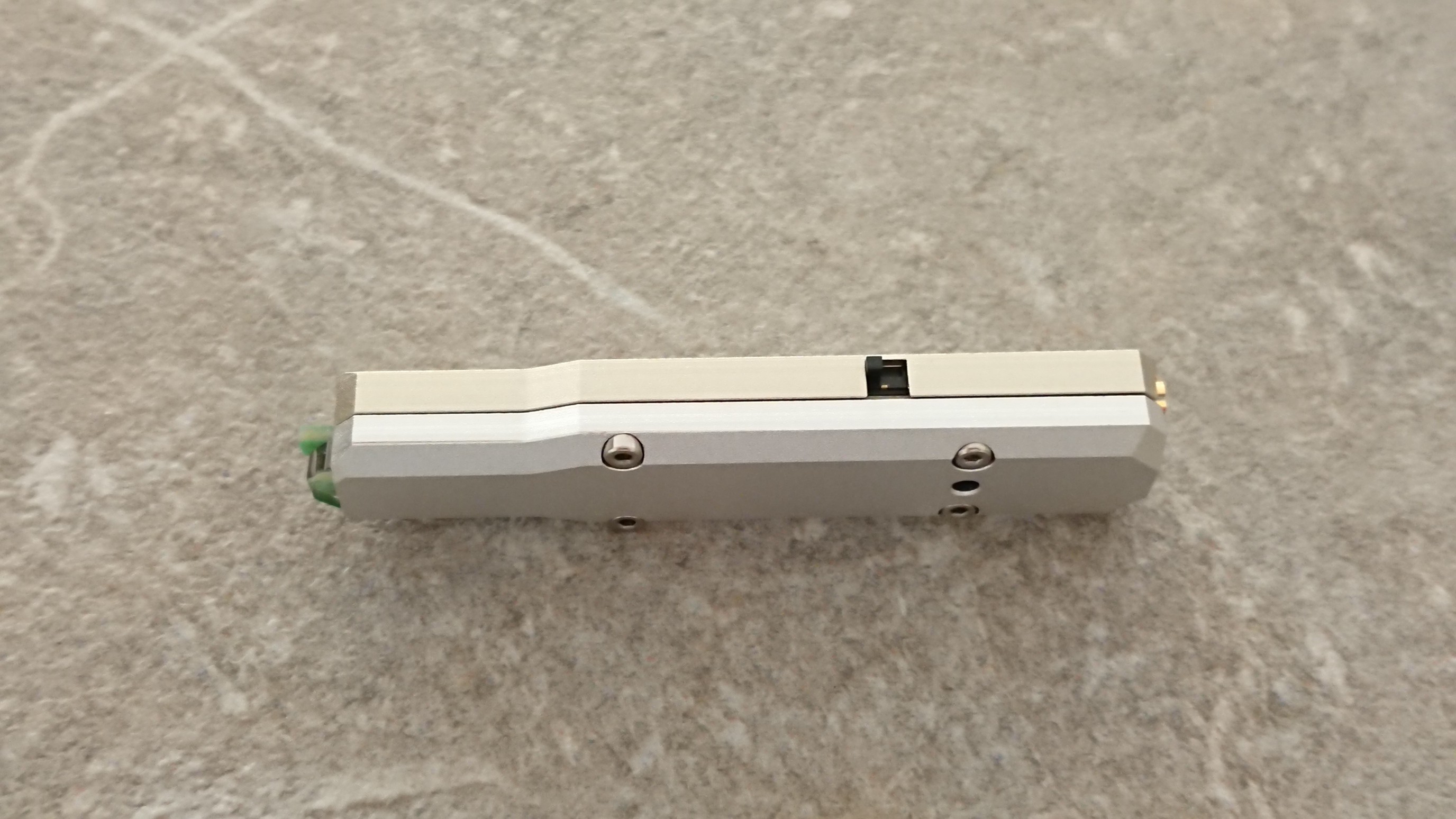
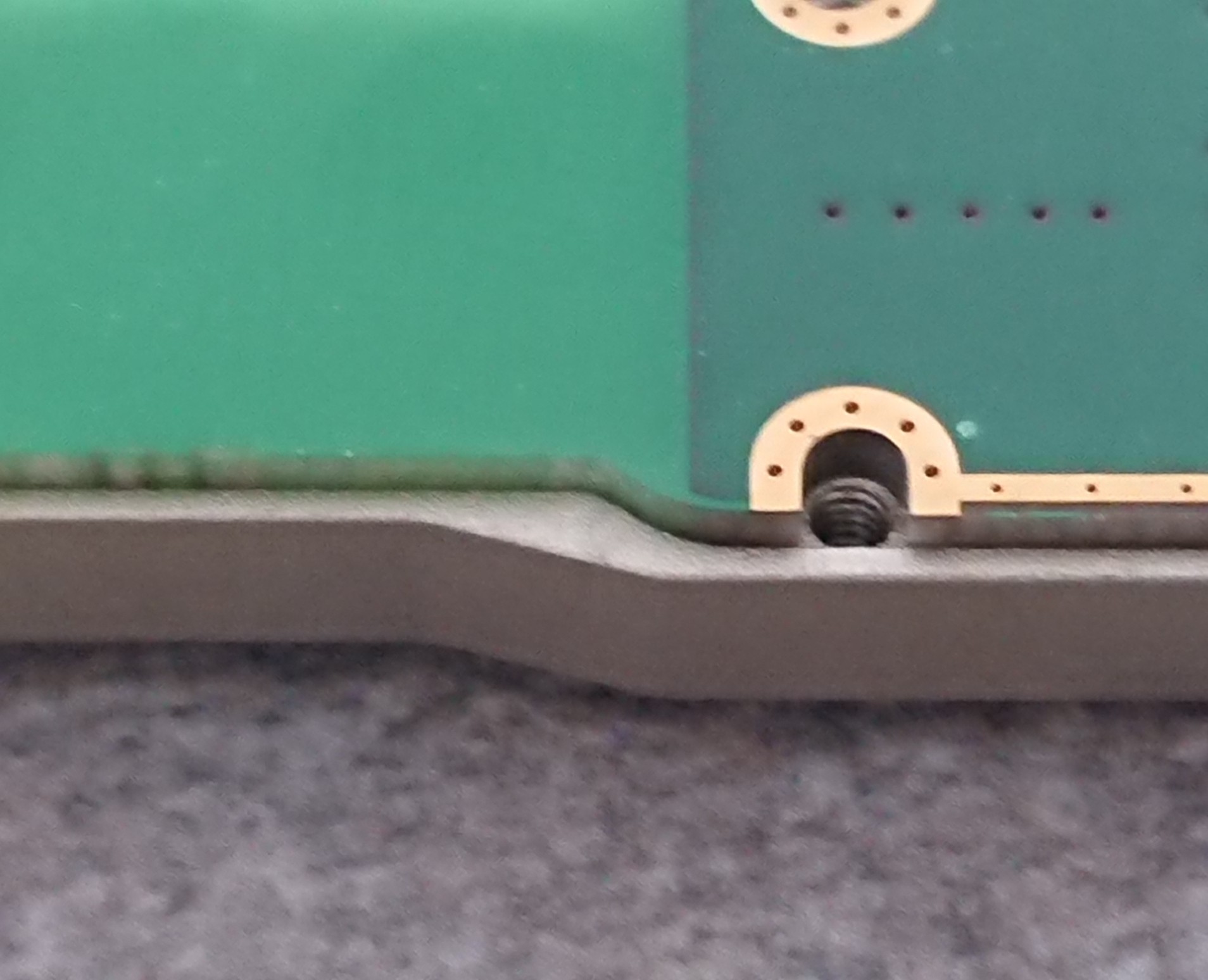
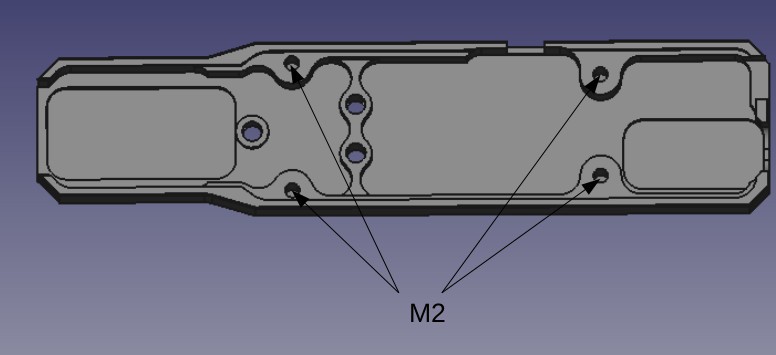
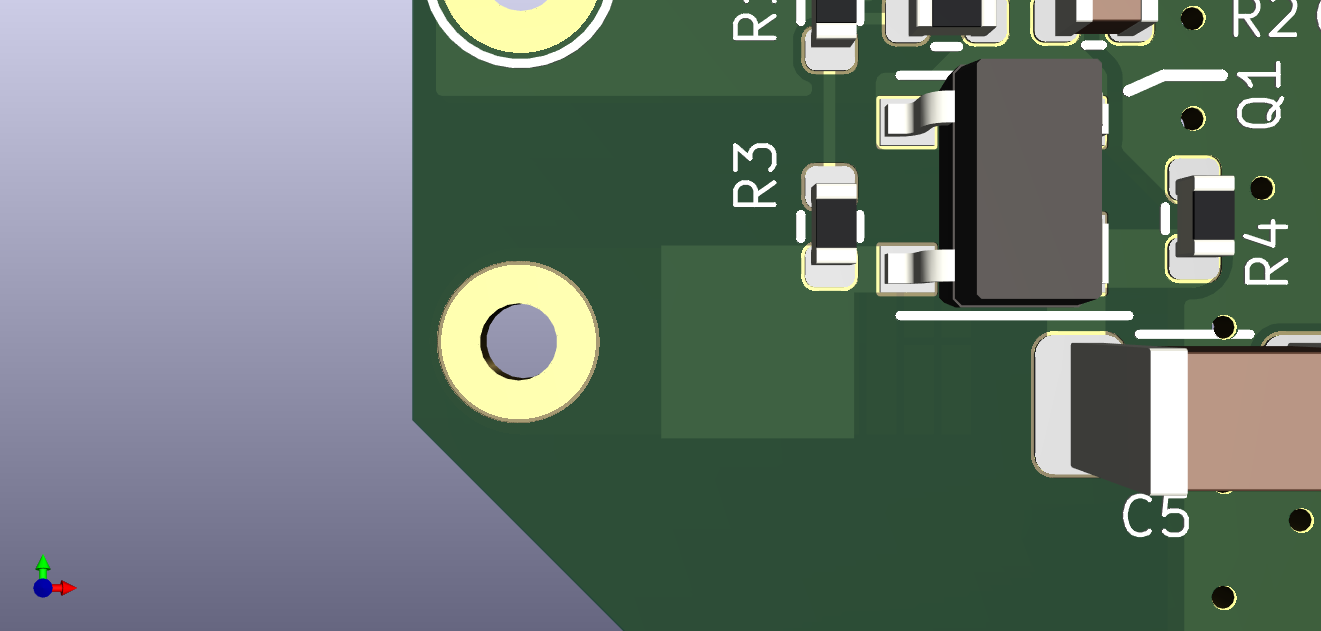
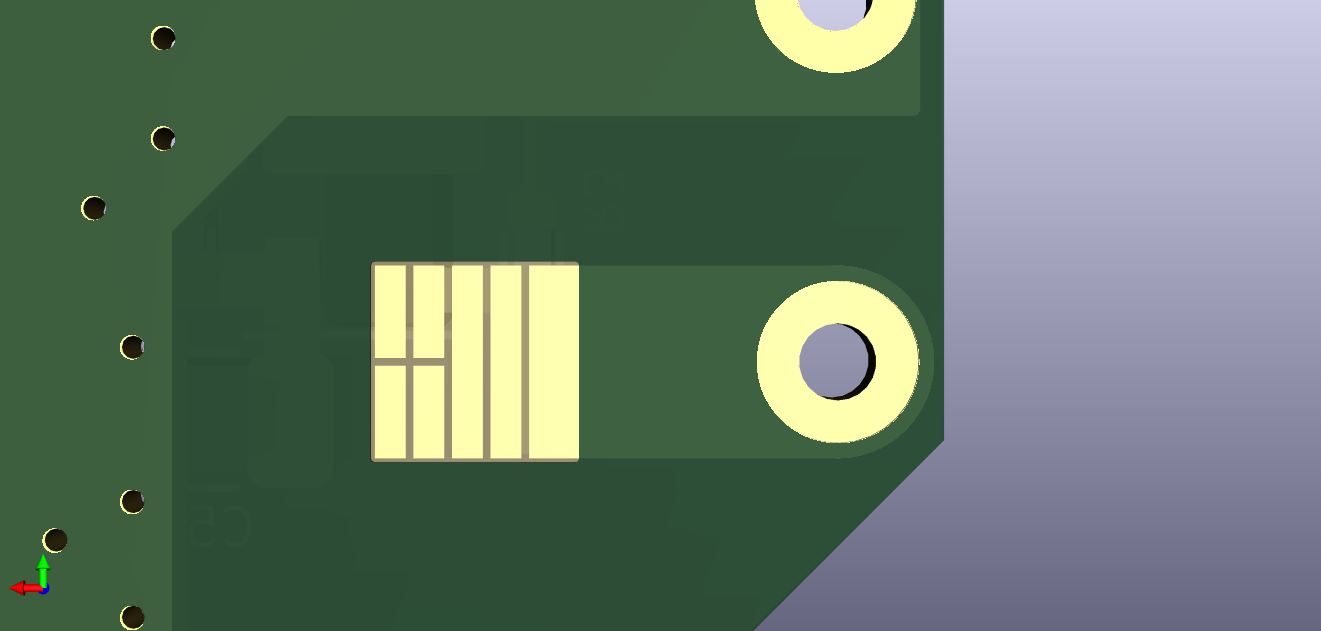
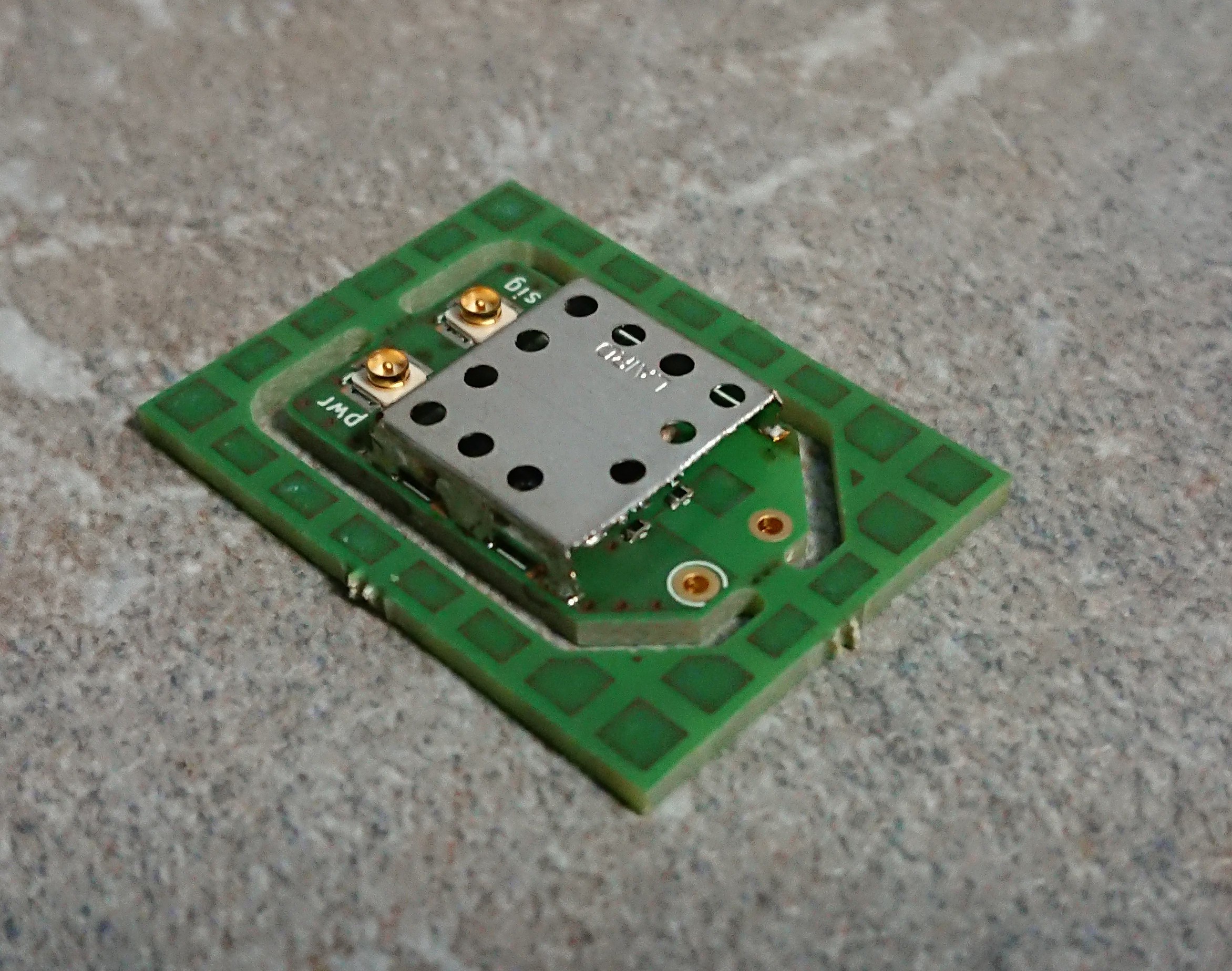
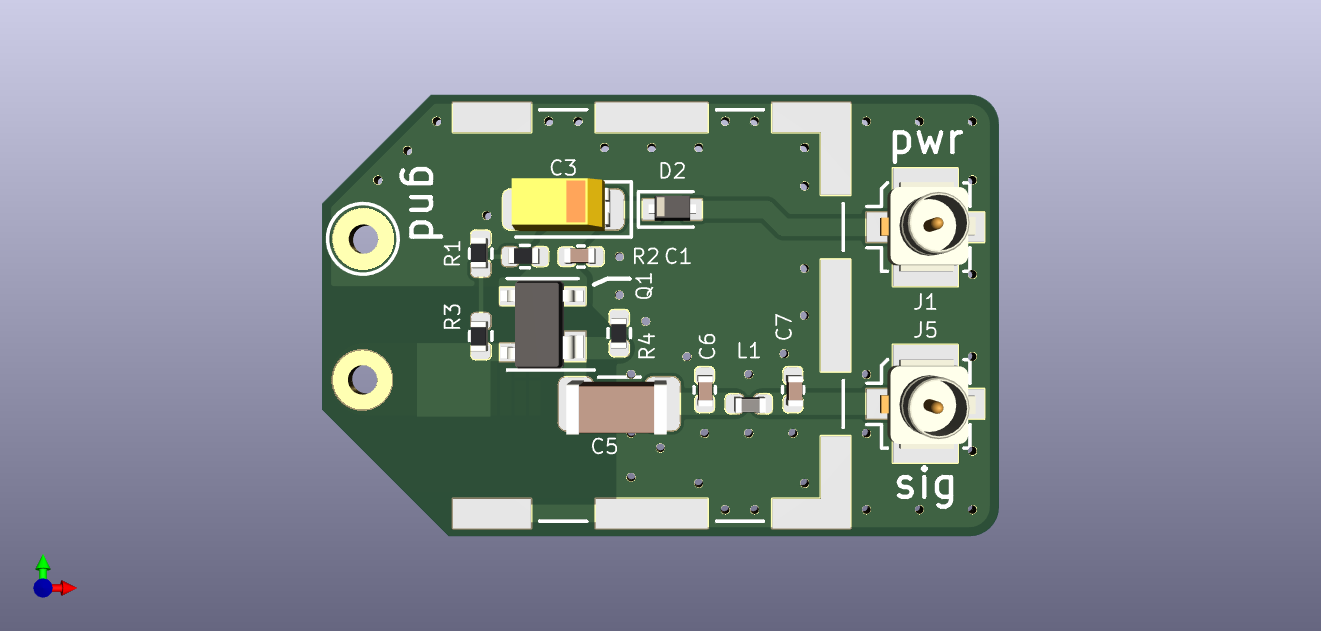




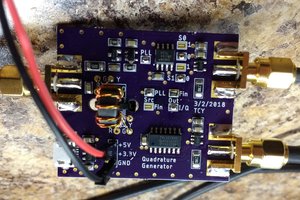
 Ted Yapo
Ted Yapo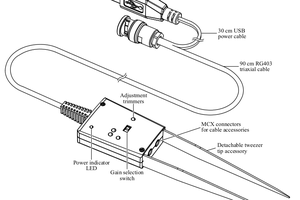
 Petteri Aimonen
Petteri Aimonen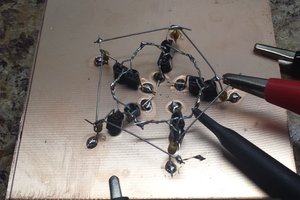

 guilldeas
guilldeas
Hi Christoph, This probe was designed to have a "low capacitance". What is the design goal? What is the measured input capacitance? I looked at the BF998 (an obsolete part), which specifies a Gg1ss = 2.1pF. But the capacitance that you care about is from gate to drain, which doesn't appear to be specified in the datasheet. Wolfgang did not measure it as part of his evaluation...